


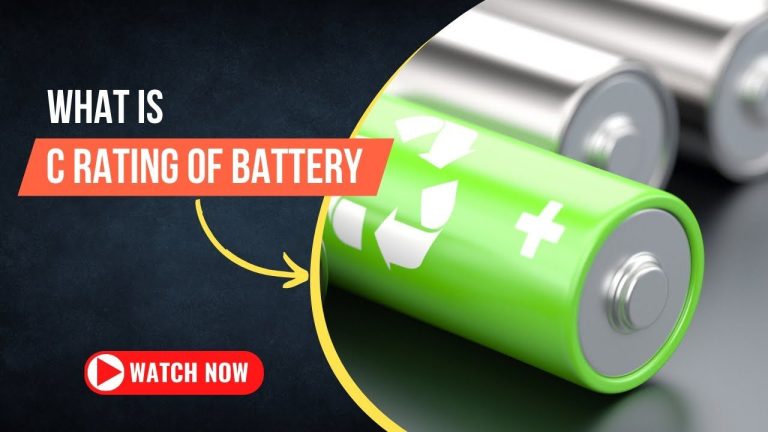
Learn how battery C rate impacts drones, EVs, and medical devices. Explore Li-ion/LiFePO4 solutions with ISO-certified BMS and 95% efficiency. Consult engineers for custom specs.
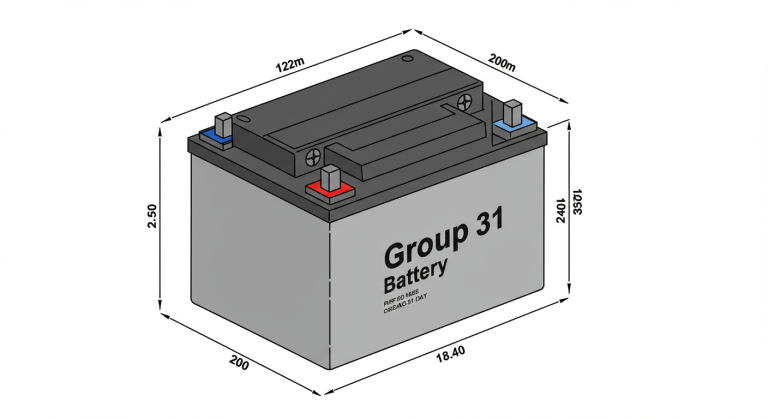
Explore Group 31 battery specs: LiFePO4 (3,000+ cycles), AGM reliability, UL 2580-certified designs for marine/solar. Compare types for your industrial needs.
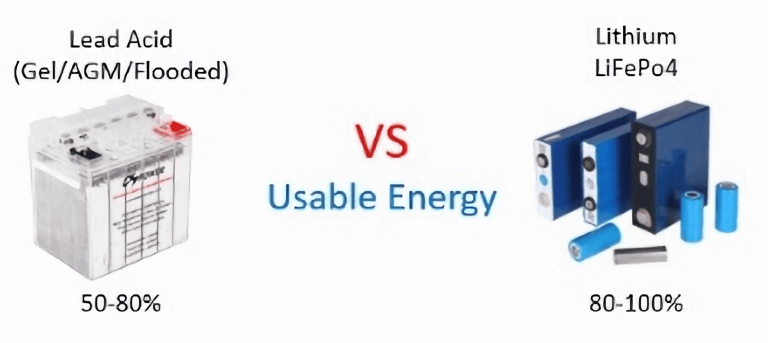
Compare flooded lead-acid battery cycle life, DOD thresholds, and runtime metrics. Discover lithium alternatives with 3,500 cycles at 80% DOD and UN 38.3 certification. Calculate your ROI.
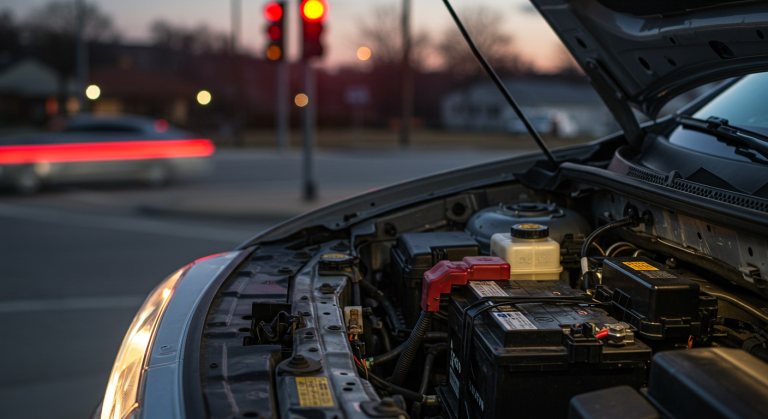
Compare AGM, EFB, and LiFePO4 Stop Start batteries: 3,000+ cycles, -40°C performance, and UN 38.3 compliance. Cut fleet costs with ISO-certified solutions. Learn more.

Compare lithium vs lead-acid battery reserve capacity. Learn RC calculation, ISO-certified testing, and how LiFePO4 delivers 240+ minutes with 3,000+ cycles. Design your solution.
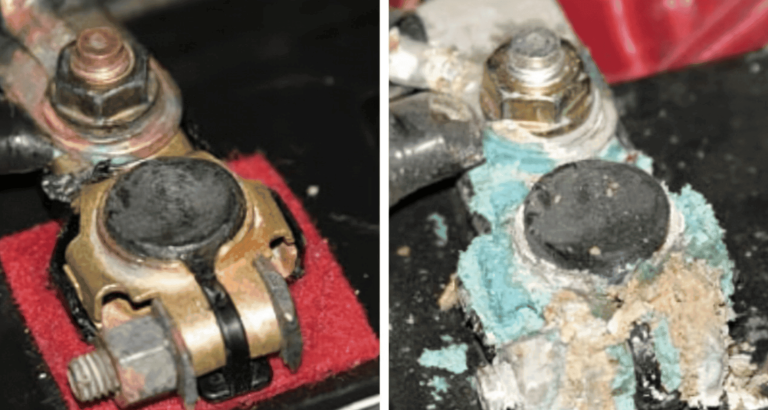
Compare corrosion risks in lead-acid vs maintenance-free lithium batteries. Discover laser-welded terminals and 95% discharge efficiency. Get a technical consultation.
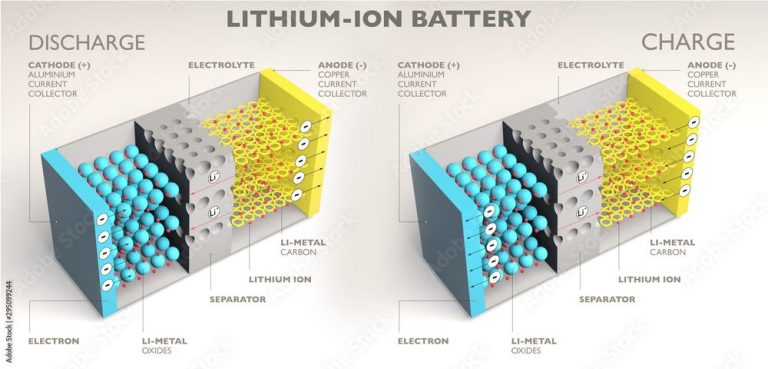
Learn how anode/cathode material selection impacts battery safety, energy density, and lifecycle costs in custom Li-ion packs. Request your design analysis.

Compare lithium vs alkaline batteries for energy density (200+ Wh/kg), temperature resilience, and lifespan. Learn how UN 38.3-certified lithium solutions reduce long-term costs. Consult experts.
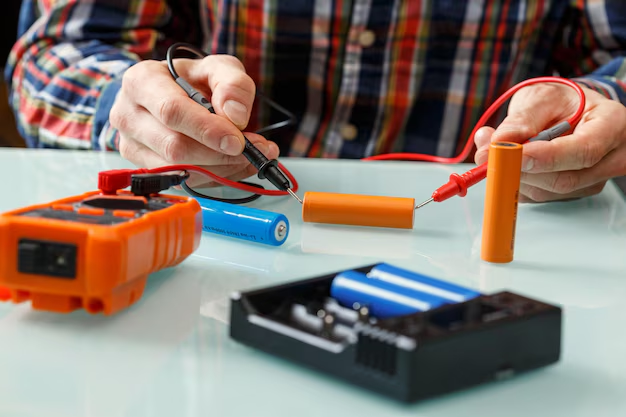
Learn how watts impact battery performance, UL-certified safety, and LiFePO4 efficiency. Optimize power delivery for marine, RV, and industrial systems. Design with Vade Battery.

Compare Li-ion vs LiPo energy density (150–265 Wh/kg), safety features like BMS, and cost-effectiveness. Learn how UN 38.3-certified batteries ensure global compliance. Consult experts.

Compare amp-hours vs watt-hours for industrial battery systems. Learn how ISO-certified LiFePO4 packs achieve 10-year lifespans and 250Wh/kg energy density. Design smarter.

Compare dry vs wet cell batteries: safety, energy density, and lifecycle costs. Discover ISO-certified lithium solutions for industrial and medical applications.

Discover why lithium batteries command premium prices: specialized materials, complex manufacturing, sophisticated BMS, and strict safety certifications all contribute to their higher costs.
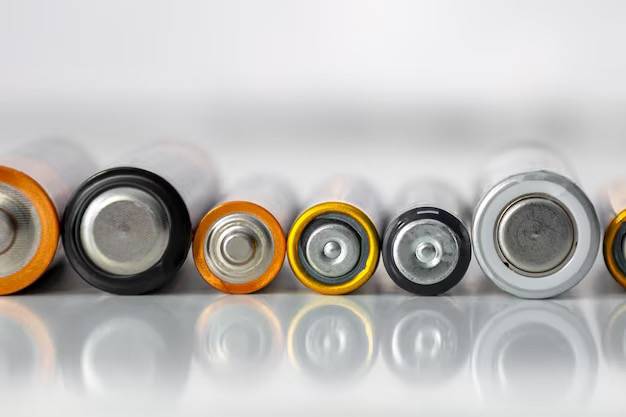
Explore UL 2054-certified lithium battery leak prevention with <0.02% monthly capacity loss. Learn MIL-STD-810H safety protocols and predictive maintenance strategies. Download the guide.
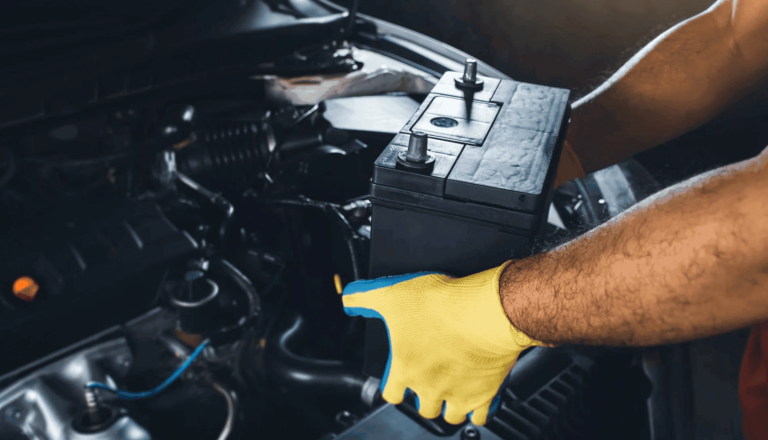
Discover why battery weight matters for gas, hybrid, and EV performance. Technical breakdown of Li-ion (150-250 Wh/kg), LiFePO4 (5,000+ cycles), and lead-acid limitations.